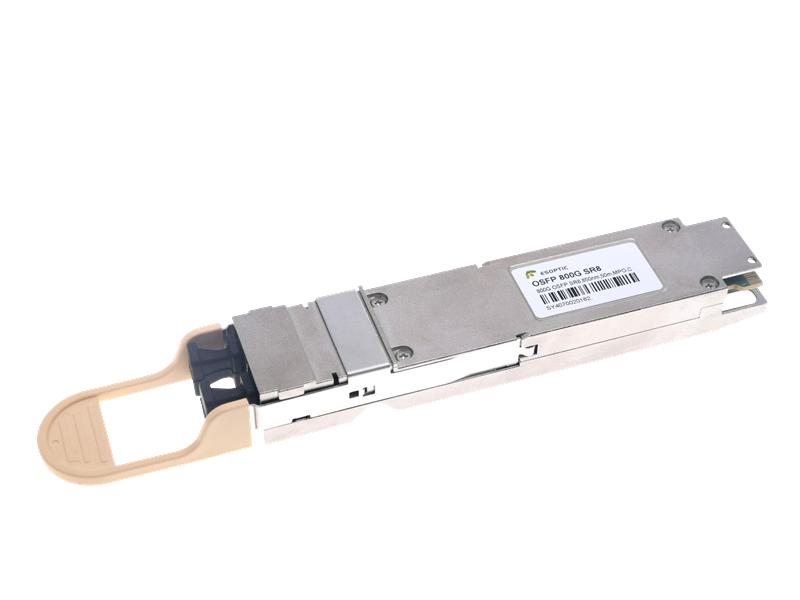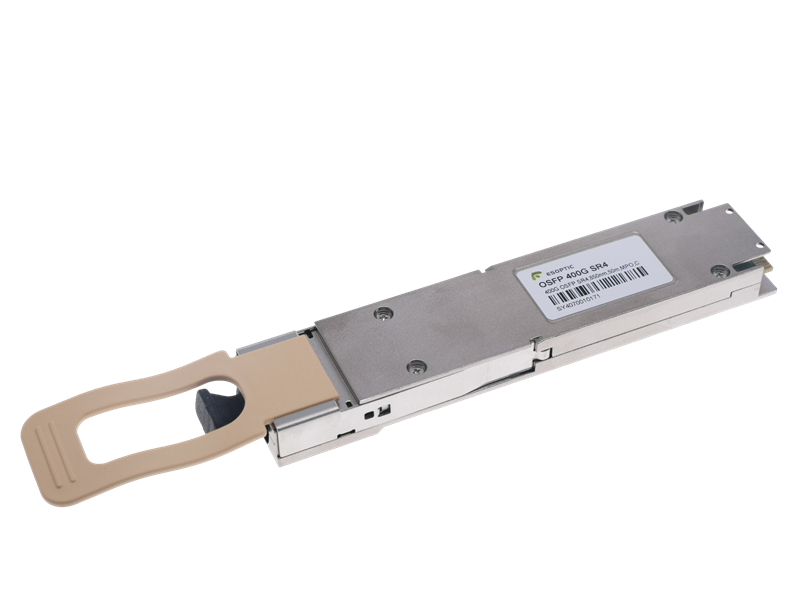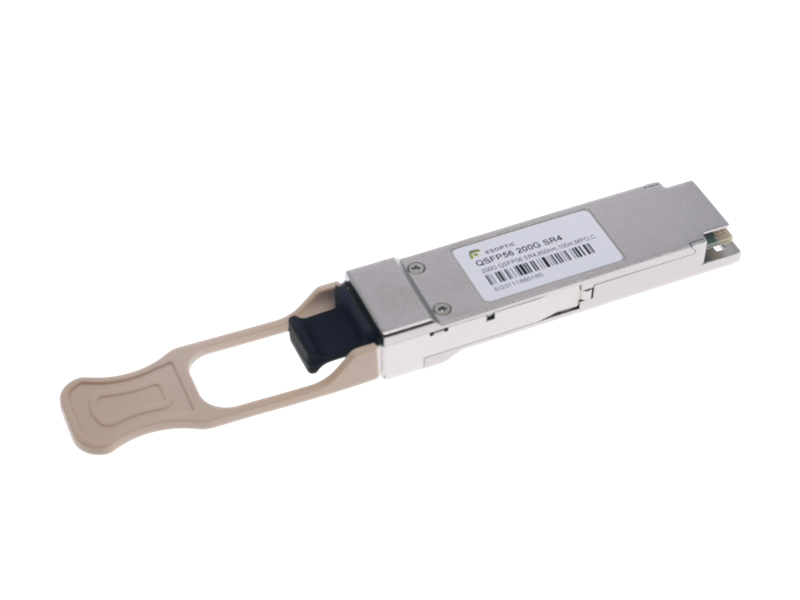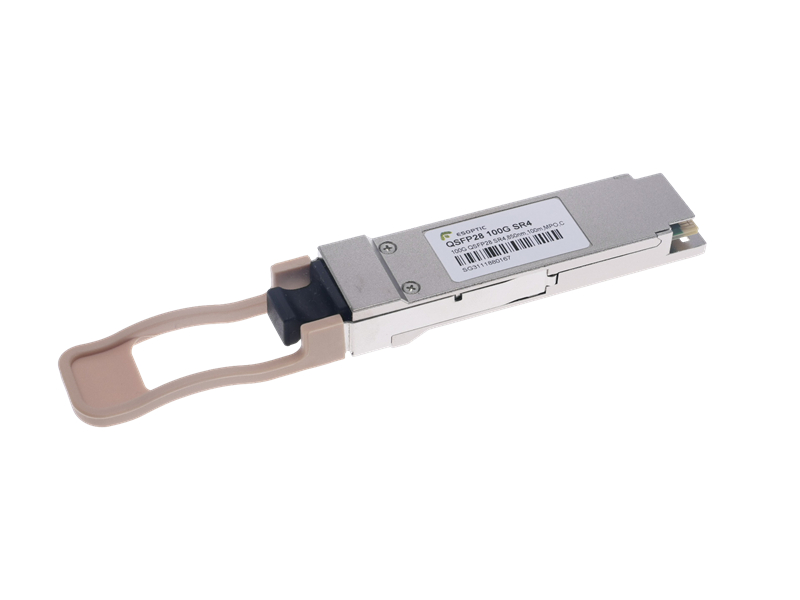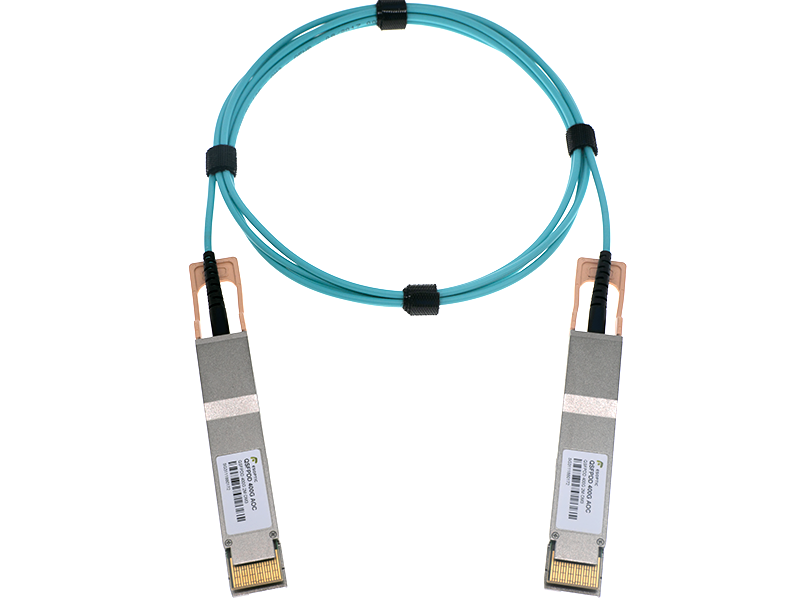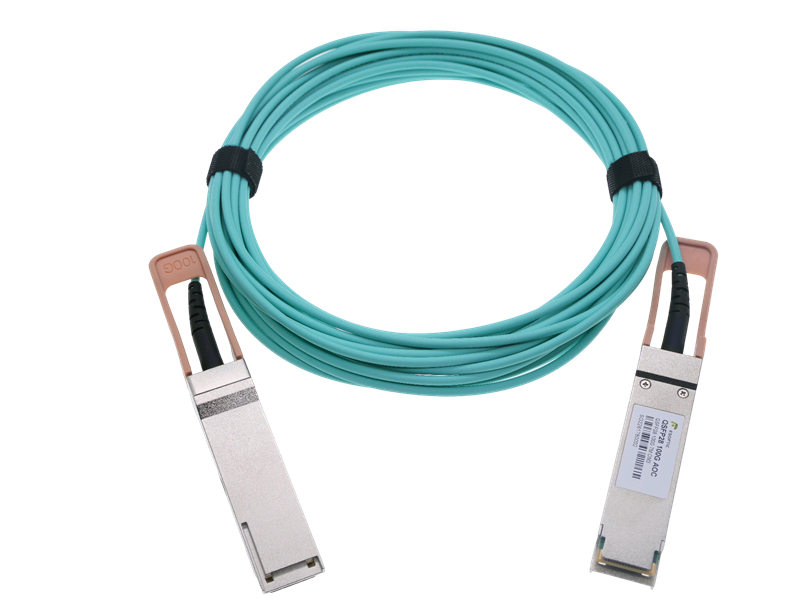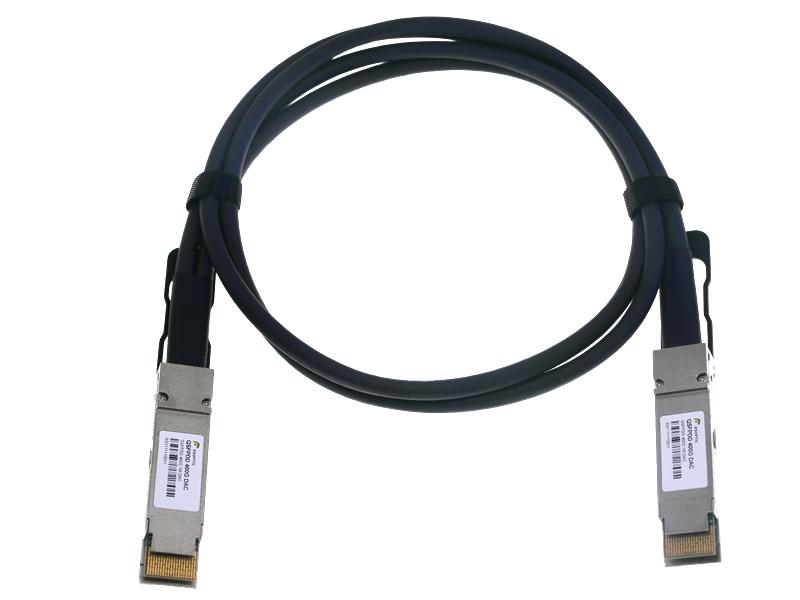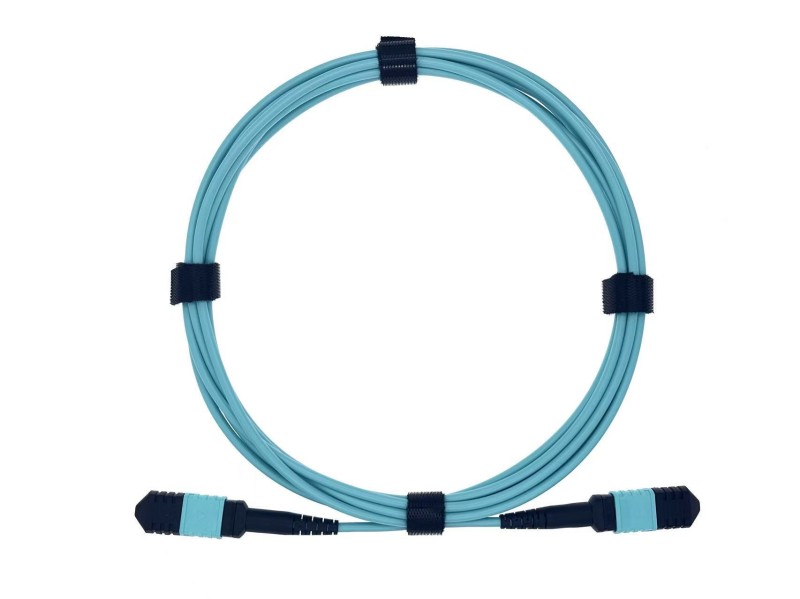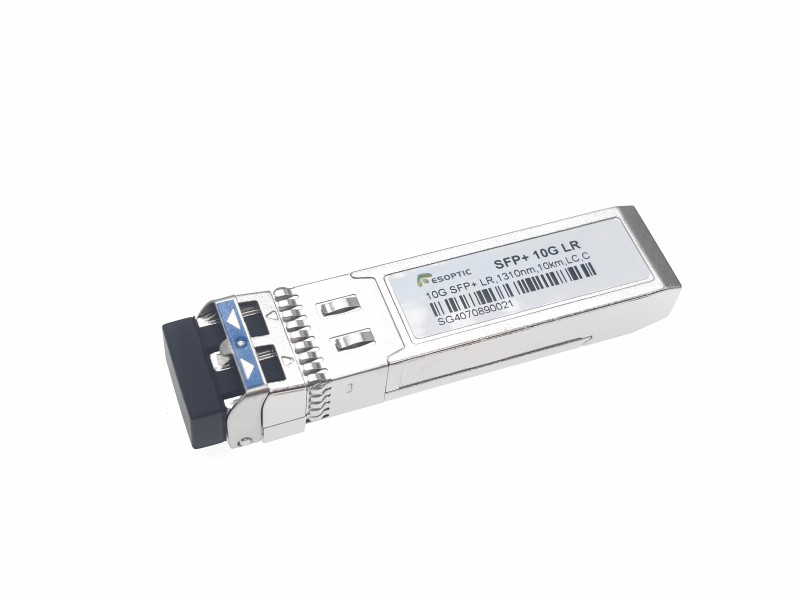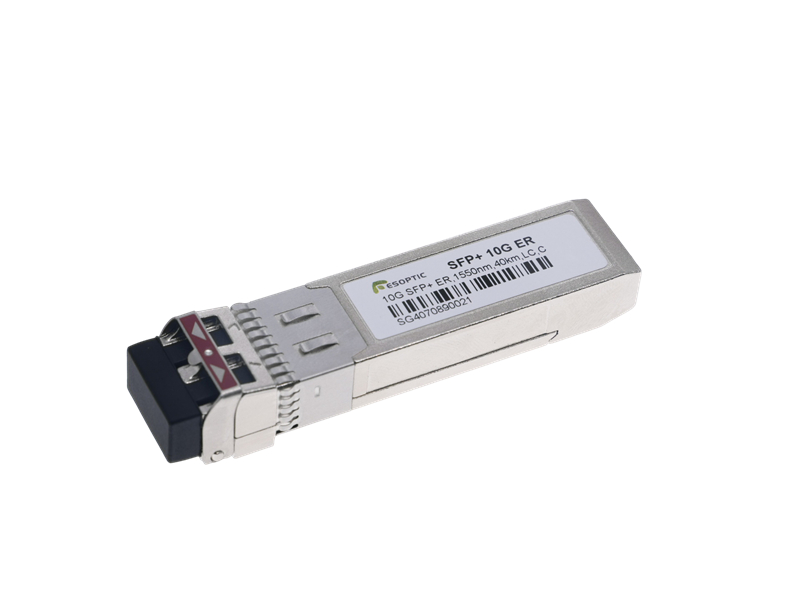In the world of optical transceivers, two parameters often overlooked but absolutely critical to system performance are receiver sensitivity and overload point. These specifications define the operational boundaries of a module’s receiving capability and directly influence link stability, signal integrity, and system reliability.
At ESOPTIC, we treat receiver sensitivity and overload point not just as numbers on a datasheet but as essential design considerations embedded in our quality assurance process. Whether you're dealing with a hyperscale data center or a metro access network, understanding these two values is key to optimizing performance.
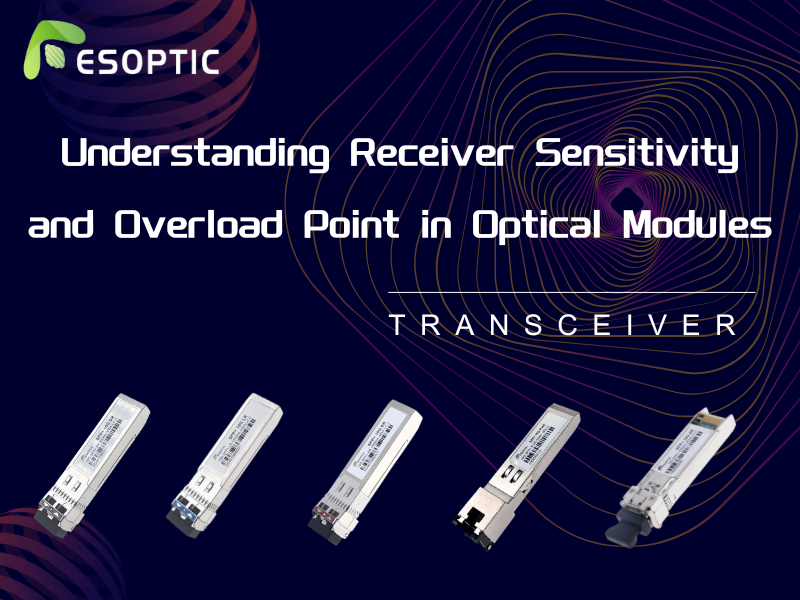
What Is Receiver Sensitivity?
Receiver sensitivity refers to the minimum optical power that the receiving end of a transceiver can accept while maintaining a specified bit error rate (BER), typically ≤10⁻¹². A lower receiver sensitivity value (e.g., -16 dBm) indicates a higher ability to detect weaker optical signals. This is particularly vital for long-reach modules, where signal attenuation is inevitable.
In ESOPTIC's 10G, 25G, and 100G product lines, receiver sensitivity is tightly controlled through strict optical testing to ensure optimal performance under real-world conditions. Our modules are tuned for high sensitivity, enabling extended link lengths without amplifiers.
What Is Overload Point?
The overload point is the maximum optical input power a receiver can tolerate before distortion or errors begin to occur. Unlike sensitivity, where "lower is better," overload point requires careful balance—too low, and the module becomes vulnerable to short-reach high-power signals; too high, and it compromises sensitivity.
A well-designed optical receiver should have an adequate overload margin, especially in environments like data centers where fiber runs are short and launch power is high. ESOPTIC ensures each transceiver's overload point is validated to handle varying link budgets with confidence.
How Are They Related?
The receiver sensitivity and overload point together define a transceiver's dynamic range—the safe operational window for input power. A wider dynamic range translates to better tolerance to fluctuations in the optical path, such as fiber losses or connector degradation.
At ESOPTIC, our engineering teams design transceivers with a balanced dynamic range tailored for each application—be it short-reach SR modules or long-haul ZR variants—ensuring robustness from -16 dBm sensitivity up to 0 dBm overload limits.

FAQs about Receiver Sensitivity and Overload Point
Q1: What happens if the signal is below the receiver sensitivity?
A1: If optical power falls below the receiver sensitivity, the transceiver may fail to decode the signal correctly, leading to high bit error rates or complete data loss.
Q2: Can I use an attenuator to avoid overload?
A2: Yes, in short-reach applications where launch power is too high, optical attenuators are commonly used to prevent exceeding the overload point of the receiver.
Q3: Is a better sensitivity always preferred?
A3: Not always. Better sensitivity helps in long-reach, but it must be balanced with a proper overload point. A high-sensitivity module may be more prone to overload in short-reach links.
Q4: What’s a typical receiver sensitivity for 10G modules?
A4: Most 10G SFP+ modules have a receiver sensitivity of around -14.4 dBm, though this varies depending on the standard and application.
Q5: How does ESOPTIC ensure receiver performance?
A5: ESOPTIC applies 100% optical performance validation, including BER testing and eye diagram analysis, to ensure each module meets or exceeds published receiver sensitivity and overload specifications.
From fiber-to-the-home (FTTH) to high-speed cloud infrastructure, ESOPTIC remains committed to providing transceivers with optimized receiver sensitivity and overload points to meet the demands of next-generation networks.
Whether you're planning a 100G backbone or a 10G aggregation layer, these specs should never be an afterthought—they’re at the heart of optical reliability.


